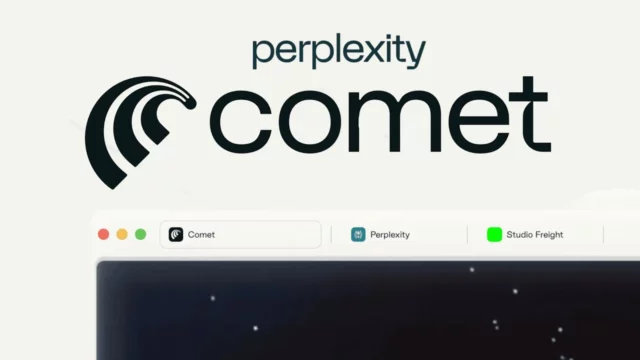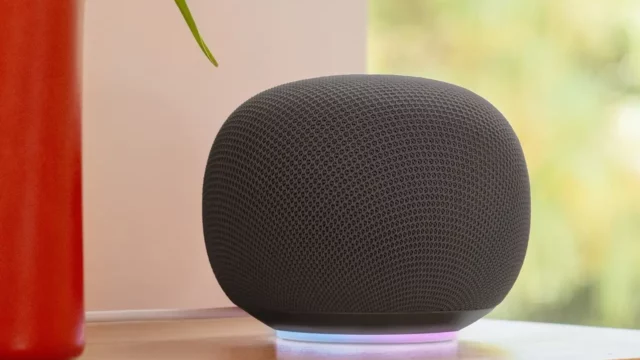The Vivo X300 series isn’t just aiming for flagship status; it wants to be your co-pilot. Alongside improved AirDrop-like file sharing and flagship specs, the upcoming OriginOS 6 update brings advanced car integration that edges closer to Apple’s CarPlay… with a few caveats.
Vivo X300 series launches with upgraded car screen mirroring

Vivo already supports in-car screen mirroring, letting your smartphone display take over the central screen of compatible vehicles. Now, the X300 and X300 Pro will push that further by allowing drivers to start their cars remotely using voice commands. You’ll even be able to open the trunk or pull up navigation routes with just your voice.
These features will be powered by Xiao V, Vivo’s smart assistant. Interestingly, once you’re in the car, Xiao V becomes Xiao P, a renamed driving mode assistant that lets you send or dictate messages, launch apps, and manage music all without touching the screen.
OriginOS 6 adds voice commands for car control
OriginOS 6, based on Android 16, is the software backbone behind these updates. Voice activation for vehicle ignition and navigation is part of Vivo’s bigger plan to unify the phone–car experience. It’s not quite self-driving, but it is hands-free.
Here’s what you can expect with the Vivo X300 + OriginOS 6 combo:
- Voice-controlled car start
- Trunk access via Xiao V
- In-car voice assistant (Xiao P)
- Navigation sync from phone to vehicle
- Message dictation and music control while driving
- Screen mirroring for compatible models
Only 1 car supports full features for now
Here’s the catch: on launch, all these high-tech car controls will only work with XPeng’s P7, and only in China. While screen mirroring has reportedly reached over 1 million vehicles, mostly from BYD, MG, and Leapmotor, full Xiao V/P integration remains exclusive to XPeng’s fleet, at least for now.
Vivo X300 series puts smart mobility on the map
The Vivo X300 and X300 Pro aren’t just phones; they’re stepping into the car tech space in a way few Android OEMs have tried. Sure, the rollout is limited. But the ambition is unmistakable: take what Apple did with CarPlay, and inject it with voice commands, AI assistants, and a bit of sci-fi charm.














